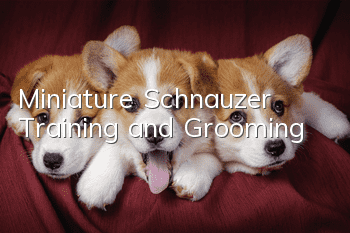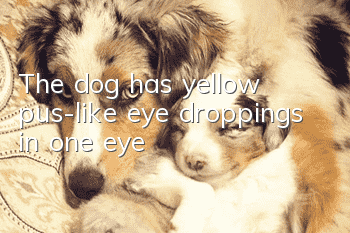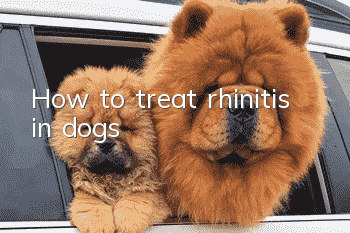Miniature Schnauzer Training and Grooming

The Schnauzer is a type of terrier dog that originated in Germany in the 15th century. It is the only terrier breed that does not contain British ancestry. Their name Schnauzer means "muzzle" in German. They are energetic and lively. Schnauzers are divided into three varieties: "Standard Schnauzer", "Miniature Schnauzer" and "Giant Schnauzer"
1. Resolutely put an end to corporal punishment - corporal punishment is the most unacceptable method to force Schnauzers to obey. Like any animal, Schnauzers are very wary of people. From a dog's perspective, being beaten or kicked for no apparent reason can only create the impression of "abuse." If it is a very powerful owner, the Schnauzer may obey out of fear. However, Schnauzers who grow up in this environment are extremely insecure and sometimes attack weaker children or the elderly, and even bite people. Therefore, when the dog does not obey the command, if you shout the command and shoot the Schnauzer in the face with a water gun, most of the Schnauzer will quiet down.
2. Train anytime, anywhere - training is not limited by time. In daily life such as walking, eating, visiting, etc., you should patiently teach your Schnauzer what to do and what not to do. Never give up - Schnauzers are not animals that will immediately remember and follow instructions after being taught once or twice. It requires the gradual formation of memory through continuous training. Therefore, breeders are required to be patient and constantly train it.
3. Cultivate adaptability - Schnauzers often avoid things they don't like, bark at them, or simply destroy them. This sometimes causes a lot of trouble for the owner. In this case, you must first be patient, never be impatient, let the Schnauzer slowly approach the things it doesn't like, and at the same time, keep talking to it in a gentle voice to calm it down. If you beat and scold Schnauzer at this time, it will make Schnauzer hide further. In addition, keeping the Schnauzer away from things and places it doesn’t like can only increase the breeder’s distress, and the breeder is helpless.
4. The hair on the head should not be allowed to grow too long, but should be trimmed shorter. The hair on the cheeks, between the corners of the mouth and around the eyes should also be trimmed shorter. The hair on the muzzle and the hair on the cheeks and jaws should be trimmed appropriately to make them symmetrical and beautiful. The hair on the inside and outside of the ears should be trimmed shorter, and the hair on the outside of the ear shell should be trimmed evenly. The hair on the throat should be trimmed short and neatly.
5. The neck hair and coat should be trimmed to neither long nor short to balance the backline.And neat. The hair on the neck and back should be trimmed in sequence starting from the back, left and right. The hair on the front neck and chest should also be trimmed in order of hair toward the elbow. The back hair on the shoulders should be trimmed gradually forward in the direction of the chest and should be shorter. The hair from the back to the chest should be kept longer and trimmed towards the back of the body. The hair from the back to the mid-thigh should be trimmed very short. The coat on the waist should be trimmed shorter than the hair on the chest, and the hair that curls upward below the waist should also be trimmed shorter. When trimming the hair on the forelimbs, the hair on the front and sides of the elbows should be trimmed; the hair around the toes and between the toes should also be trimmed.
- What are the more common diseases for dogs in summer? How to effectively prevent and treat them?
- Is the injection still effective 4 days after being bitten by a dog?
- What are the signs the day before a dog gives birth?
- What to do if your Old English Sheepdog catches a cold
- How to take care of a newly purchased puppy?
- Can dogs go out after being vaccinated?
- How many days can a male dog walk after being neutered?
- How to feed Corgi during pregnancy
- What to do about Shiba Inu constipation How to deal with Shiba Inu constipation
- Where does dog smell come from?



